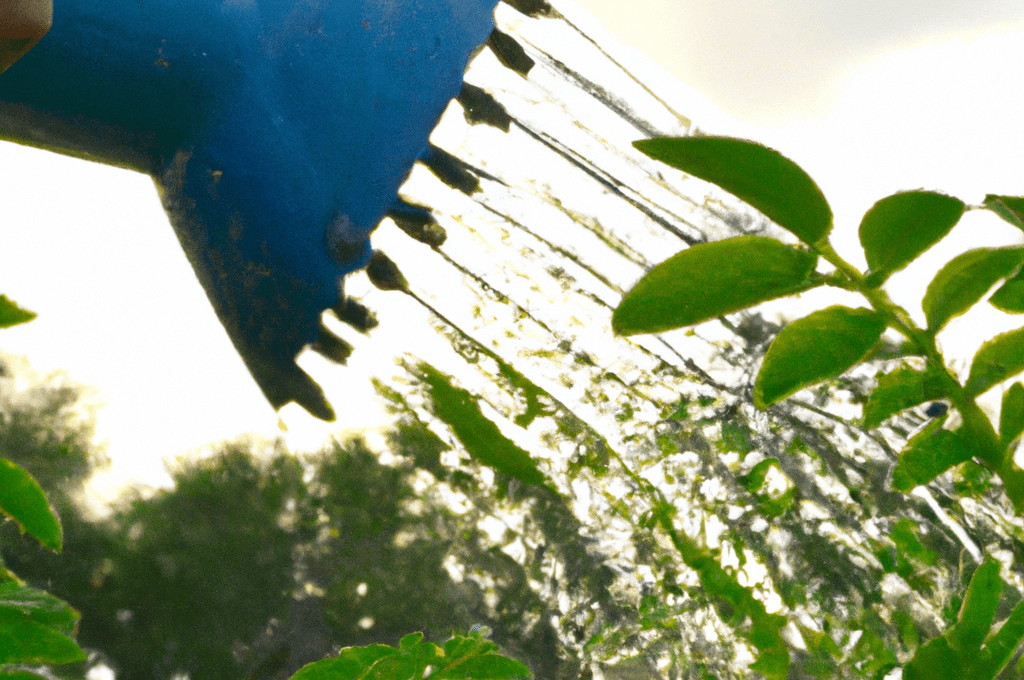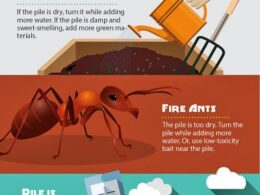Are you looking to grow a successful crop of potatoes? Proper watering is crucial for abundant harvests. In this article, we’ll provide you with key tips for watering potatoes, whether you’re growing them in a garden or container setting.
First, let’s talk about potato water requirements. Potatoes need consistent moisture in order to grow properly. However, overwatering can lead to disease and poor quality potatoes. It’s important to find the right balance between too much and too little water.
We’ll explore the different growth stages of potatoes and how to adjust water requirements accordingly. Plus, we’ll explain the importance of good drainage and organic matter in soil for healthy potato plants.
With these tips, you’ll be on your way to a bountiful harvest of delicious potatoes.
Quick Summary
- Aim for 1-2 inches of water across the crop each week in the garden, and a minimum of 1 inch of water per week with up to an extra half-inch if needed in a container.
- Adjust water requirements during different growth stages, focusing on keeping the soil from drying out in the second stage.
- Stop watering entirely in the third stage to let the soil dry out, which helps cure potatoes and toughens the skin for easier harvesting.
- Use rainwater gauge to determine the amount of water needed, and ensure the container has suitable drainage holes or 2 inches of gravel.
Potato Water Requirements
To ensure a successful potato harvest, you need to be aware of the plant’s water requirements. In the garden, aim for 1-2 inches of water across the crop each week. For containers, provide a minimum of 1 inch of water per week, with an extra half-inch if needed. Ensure that the container has suitable drainage holes or a 2-inch layer of gravel.
Optimal soil moisture is crucial for healthy plant growth, as too much water can damage the root system. To maintain soil moisture, it’s important to mulch the soil with a 3-inch layer of organic matter. This will help to retain moisture and prevent the soil from drying out too quickly. Check the soil moisture level regularly and adjust the watering schedule accordingly during different growth stages.
During the first stage, water the newly planted seed potatoes in moist soil and wait for new leaf growth before regular watering. In the second stage, focus on keeping the soil from drying out, starting with 1 inch of water a week and increasing gradually. And in the third stage, stop watering when the potato vines turn yellow and die off to help cure the potatoes and toughen the skin for easier harvesting.
With these tips, you can ensure that your potato harvest is abundant and healthy.
What Types of Garden Hoes Are Best for Watering Potatoes?
When it comes to watering potatoes, choosing the right garden hoe is crucial. The garden hoe guide suggests two types that work best: the drip irrigation hoe and the soaker hose hoe. While the drip irrigation hoe ensures a slow and consistent water supply, the soaker hose hoe distributes water evenly along the rows. Both options are excellent for keeping your potato plants adequately hydrated.
Different Growth Stages
As your potato plants go through different growth stages, it’s crucial to manage their moisture levels properly.
During the first stage, make sure to plant your seed potatoes in moist soil with a 3-inch layer of mulch. Wait for the new leaf growth before starting regular watering.
In the second stage, focus on keeping the soil from drying out. Start with one inch of water a week and gradually increase it as the potatoes grow. Check the soil conditions daily and water every three days if needed. New vine growth indicates root establishment, so increase the water amount gradually.
In the third stage, stop watering when the potato vines turn yellow and die off. Letting the soil dry out helps cure the potatoes and toughens their skin for easier harvesting. During this stage, it’s essential to stop watering entirely for a few days to dry out the soil. This helps the potatoes last longer in storage and prevents them from rotting.
Proper moisture management is vital for a successful potato harvest, so adjust the water requirements according to the different growth stages.
Container vs Garden
If you’re considering growing potatoes, deciding whether to plant them in a garden or container is an important decision to make.
Container gardening has become increasingly popular for hobby gardeners or those with space restrictions. One of the main benefits of container gardening is that it allows for better control over soil conditions and drainage, which is particularly important for potatoes. Containers should have suitable drainage holes or a layer of gravel to prevent waterlogging, which can damage the root system.
On the other hand, planting potatoes in a garden requires careful consideration of soil conditions. Good drainage and organic matter in the soil are crucial for successful potato growth. Saturating the garden plot with water daily can lead to potato rot and destruction. Instead, aim for 1-2 inches of water across the crop each week. The basic water requirements should be followed for a successful harvest, but adjustments may need to be made during different growth stages.
By taking these soil considerations into account, you can ensure a healthy crop of delicious potatoes in your garden or container.
Frequently Asked Questions
What are some common mistakes to avoid when watering potatoes?
When watering potatoes, common mistakes include saturating the soil, not checking soil moisture levels, and not providing proper drainage. Optimal watering techniques involve gradually increasing water amounts, checking soil conditions, and stopping watering in the third growth stage for curing.
Can you overwater potatoes and what are the consequences of doing so?
Overwatering potatoes can lead to root rot, stunted growth, and reduced yield. Signs of overwatering include yellowing leaves, wilting, and waterlogged soil. It’s important to check soil moisture and adjust watering accordingly to prevent overwatering consequences.
How does the type of soil affect the water requirements of potato plants?
The type of soil affects the water requirements of potato plants. Sandy soil needs more frequent watering, while clay soil retains moisture longer. Adjust irrigation techniques accordingly to maintain consistent moisture levels for healthy growth.
Are there any natural remedies or supplements that can improve water retention in soil?
Looking for natural ways to improve water retention in soil? Natural soil supplements like compost and DIY watering methods like drip irrigation and mulching can help retain moisture in the soil for healthier plants and better yields.
What are some signs that potato plants are not getting enough water and how can this be remedied?
If your potato plants are not getting enough water, you may notice wilting, yellowing leaves, and stunted growth. To remedy this, increase plant hydration by watering more frequently and consider planting drought-tolerant potato varieties.









